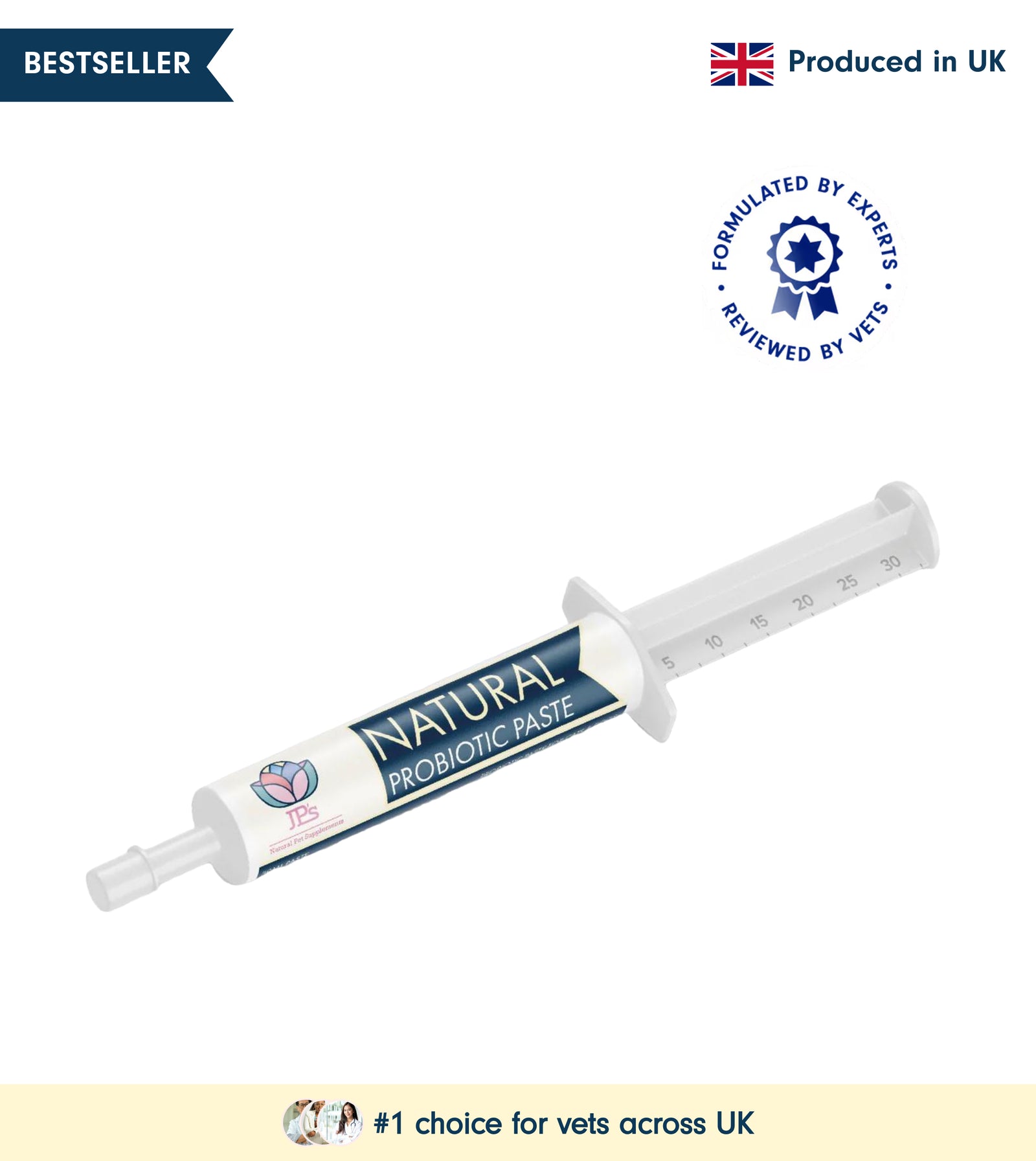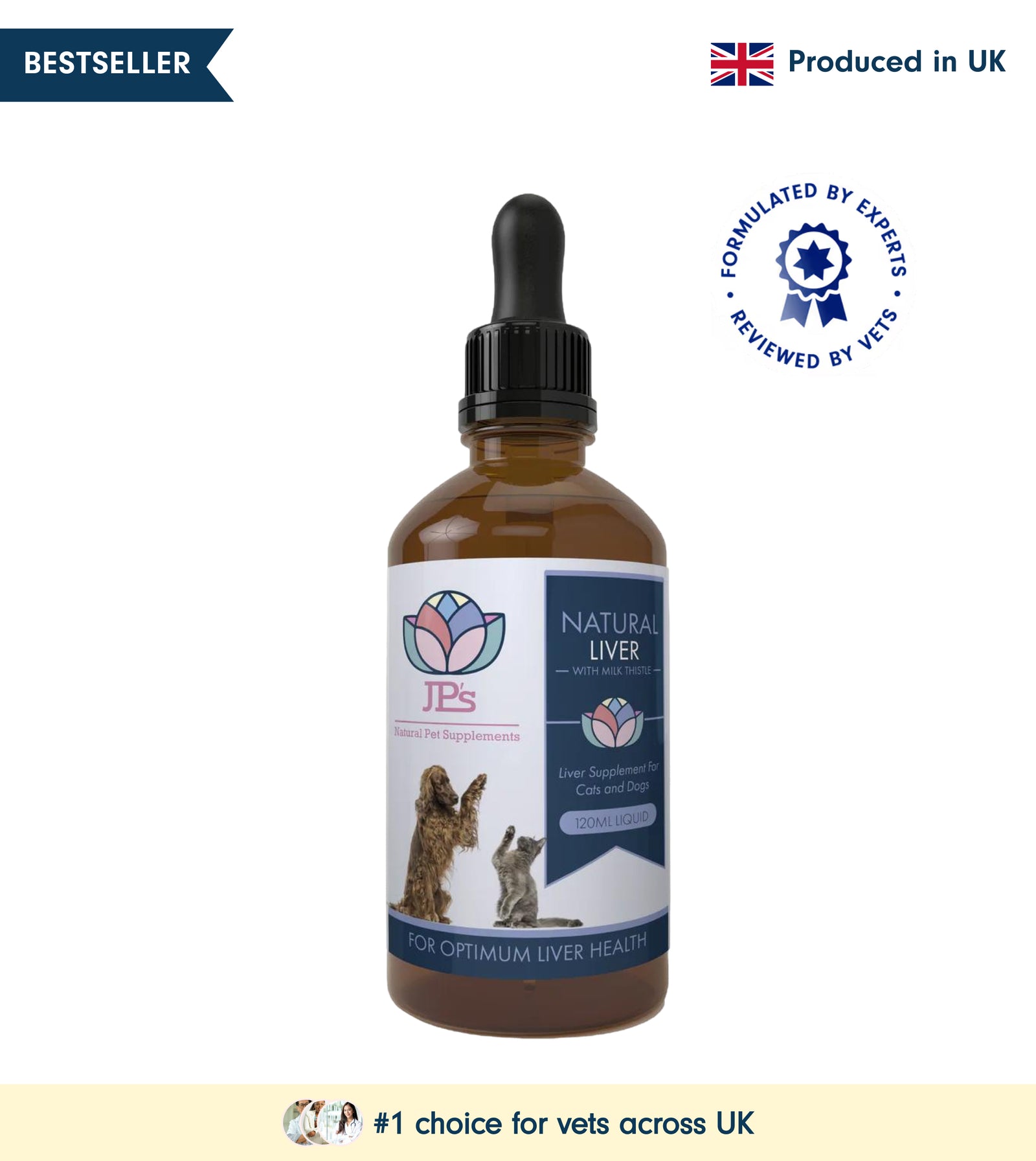A reactive dog is one who behaves inappropriately (in our eyes) to a particular situation or a stimulus. If your dog is aggressive to other dogs, hates strangers or copes badly with certain situations, dog trainers would potentially describe them as a reactive dog.
Reactivity in dogs comes in many different shapes and forms. At the top end of the scale, it manifests itself as barking, lunging and even biting. But there is also whining, hiding, shaking, panting, pacing, hyperexcitability and worse, shutting down completely. Some dogs are extremely specific in what triggers reactivity – men with beards, large dogs (but not little dogs), bicycles (but not skateboards). Others are just generally fearful, anxious, or frustrated, but there can be many reasons why they are reactive.
.
Why are dogs reactive?
To attempt to help a reactive dog, you need to understand what drives their behaviour. The reasons for canine reactivity vary enormously, but the physiology and psychology are similar. And funnily enough, the brain activity in reactive dogs is similar to that in anxious people.
Dogs, like us, have brains and bodies that are programmed for survival. They learn through experience and by association. This is why reward-based dog training works so well – the dog’s brain learns to associate certain behaviours with the feel good factor. Once that behaviour is embedded in the brain, it becomes automatic. The dog will do it without even thinking about it.
We call that creating a neural pathway. It is like an information superhighway in the dog’s brain so that as soon as a trigger or a cue is detected, the brain sends messages to the body to initiate a behaviour.
How to reward-based dog training work.
That association works the other way too – if a dog’s brain associates an external stimulus with danger, fear, or excitement, it will automatically trigger a response in the brain. That response will be either determined by your dog’s experiences and may result in a fight or flight reaction, depending on the dog’s temperament and on past experience. When your dog reacts to a trigger, he/she is not always making a conscious decision, all this activity happens in a part of the brain to aid survival. Once a neural pathway is in place the reactive behaviour is often practised which makes it stronger and stronger over time and that’s when owners describe an explosive behaviour occurring.
What can cause a dog to become reactive?
There are too many possibilities to cover in one blog, but here are a few of the most common reasons for reactivity.
Poor breeding: The stress hormone cortisol can pass through the placenta from mum to the pup before the puppy is even born. Puppies from puppy farms often have very distressed mothers. The poor things are born with the potential to be more stressed or reactive later in life.
Lack of socialisation: I cannot stress enough the importance of introducing young puppies to a multitude of items, places, people, animals, and situations. This must be done sensitively, without making the pup anxious and it must be started before the puppy is 4 months old because that is when the brain is most receptive to new experiences. However, most of the work should be carried out by the breeder before the puppy comes to your home. The importance of finding reputable breeders with comprehensive puppy rearing plans is especially important.
Pain: Training your reactive dog always starts with a thorough vet check. If a dog is in pain, of course, it will be more reactive. Aren’t you more sensitive when you feel unwell? If it is an accident that caused your dog pain in the first place, he or she may become reactive to an object, an animal or a place associated with the accident. For example, being bitten by a big dog may make your pet reactive to all big dogs – not just the culprit. Being squeezed too hard by a well-meaning stranger can induce a weariness in new people.
Fear of the unknown: This is a side shoot of socialisation. A dog that is suddenly thrust into a different environment, confronted with a new species of animal, or surprised by a loud noise will learn to associate unknown things with fear if this is not carried out sensitively and with support to your puppy or dog. Training your dog to be obedient and resilient is especially important.
Unkind treatment: A dog who has been beaten or berated in the past will come to associate people with pain. Old fashioned training methods were incredibly unkind to dogs and are potentially responsible for many behavioural problems. Even something as seemingly simple as shouting at a sensitive pup who has urinated on the floor can cause significant stress and distrust in their caregiver making them feel vulnerable at a time, they need the most support.
How to help reactive dogs.
My job as a dog trainer is to help reactive dogs. Working with their human family, I use training methods to slowly retrain their brains. The aim of the training is to, first, identify the triggers (there are often more than one). And then teach their brain that it does not need to fire up the body’s fight or flight mechanisms every time that trigger appears on the horizon.
In other words, I am learning about the neural superhighways in your dog’s brain and re-training the little grey cells to create an alternative route. The aim of the training is one of two things. What we want to happen is either:
The subconscious brain notices and then ignores the trigger that would normally cause a reaction, or the subconscious brain gives that trigger a different meaning, such as that item X is over there but it’s not a danger to me.
Please be aware though that just like creating a diversion in our road systems, the original superhighway will never be deleted. Your dog’s experiences will always need to be carefully managed otherwise he or she could quickly revert to reactivity.
The first way to help a reactive dog, once the vet has confirmed there is no physical reason for the behaviour, is to reset their internal stress management system. I usually recommend a complete break away from all triggers. That might mean restricted walks for a few weeks, or even no walks at all. I call this a cortisol holiday.
Replace the walks with lots of mental stimulation at home.
Then very carefully and with the help of a qualified dog behaviourist who will help you with a tailored plan to associate more positive emotional responses with the things that were once a problem to them. For example, if your pooch is dog reactive, they are probably never going to want to be surrounded by other unknown dogs day in and day out, but we can teach them that there’s no need to go on the attack.
Training for reactive dogs.
Training a reactive dog requires patience, time and very careful management. I cannot emphasise enough that dog training classes are not the right place for a reactive dog. There is just too much for them to cope with all at once. They won’ “get used to it,” and the problem will just get worse. Bringing a reactive dog to training the classes is the equivalent of emptying a box of spiders into the lap of an arachnophobe!
Training for reactive dogs should always be done in a calm and controlled environment. It is very much tailored to the individual. Some reactive dogs might be able to progress to join something like a scent work class. This is a long-term goal however and not a starting point.
Your dog’s diet is especially important, and I recommend raw feeding, not commercial dog food.
Training your dog on how to settle and switch off can be hard for reactive dogs.
Justine Shone
JP Holistic Nutrition



















Leave a comment (all fields required)